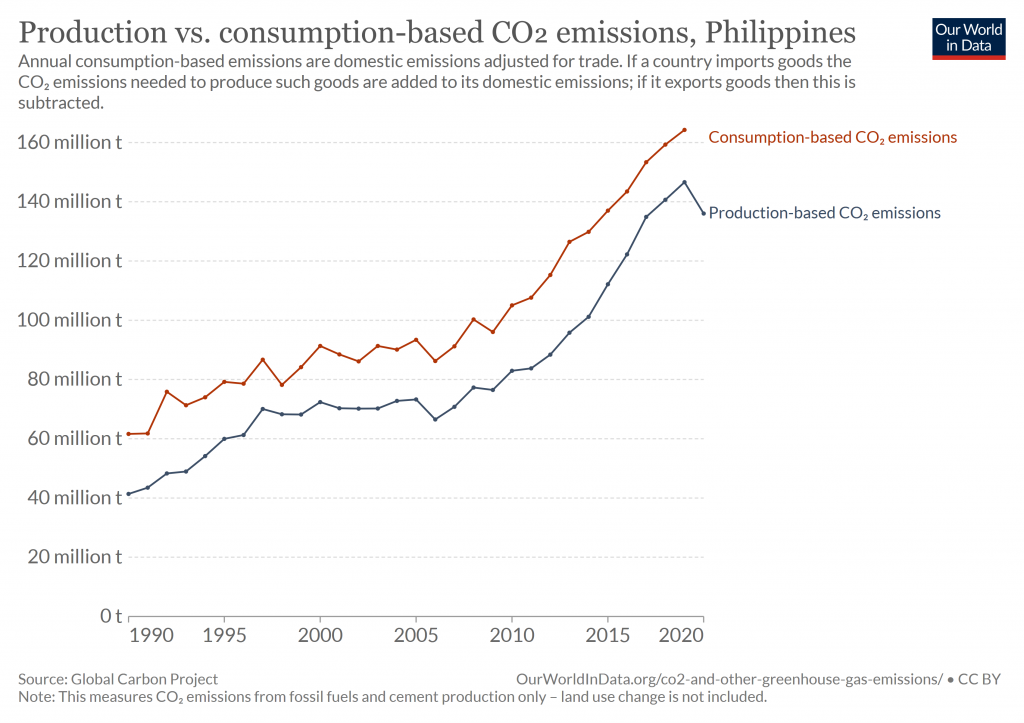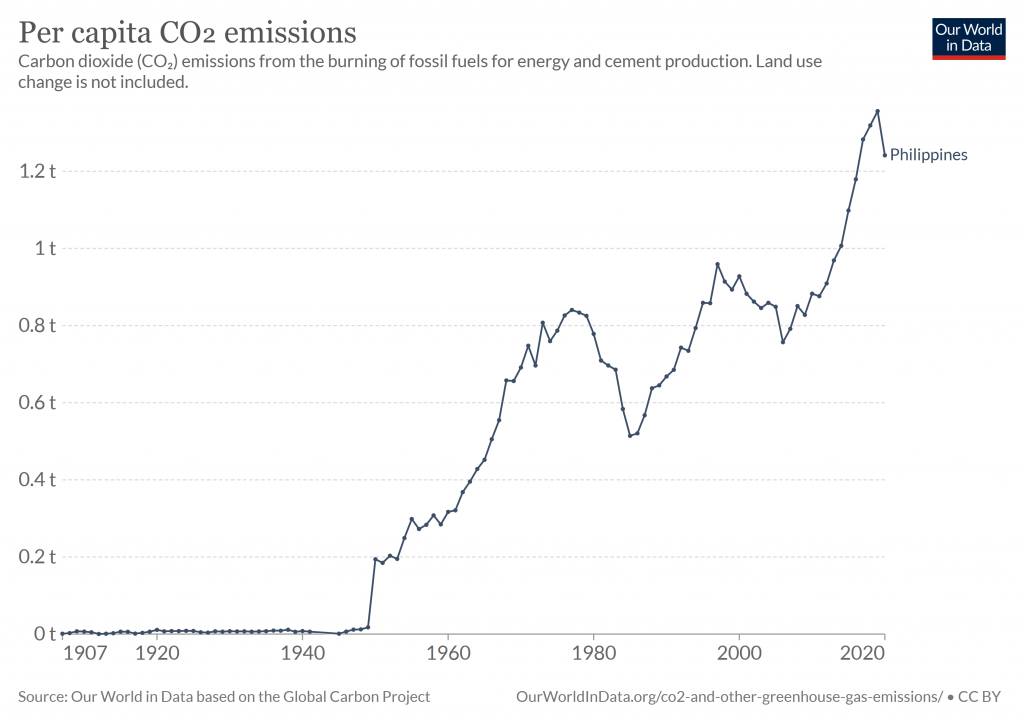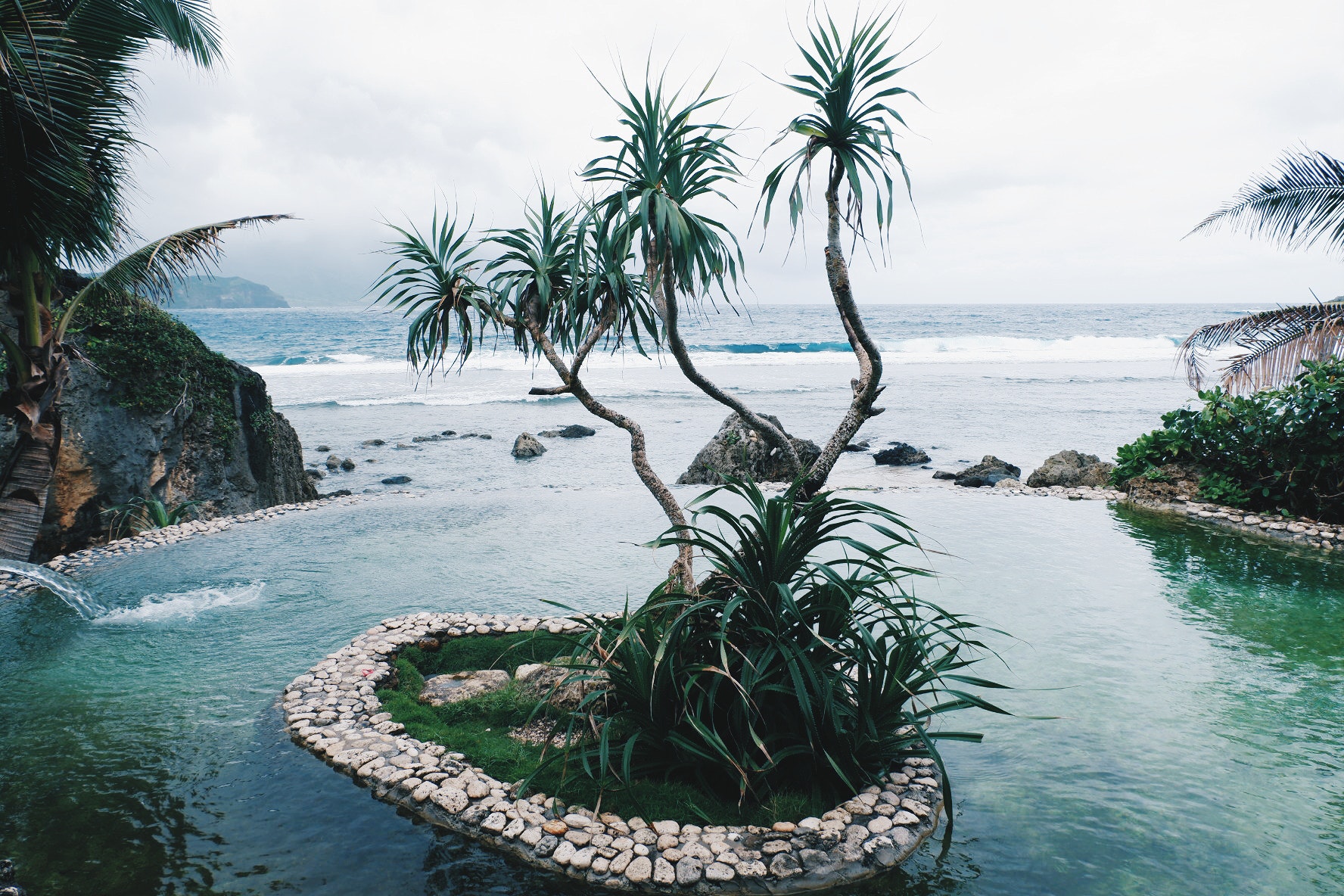The Paris Agreement on climate change is a legal and binding treaty, and it has been adopted by 196 nations. It was adopted at the COP 21 conference in Paris, and started enforcement in November 2016.
The main objective of the Paris Agreement is its long-term goal to hold the global temperature average to “well below 2°C above preindustrial levels,” though 1.5°C above preindustrial levels is highly sought. Though what is considered “pre-industrial” is also debated, though many scientists use the 1850-1900 timeline as a baseline.

To achieve this long term target, governments around the world are aiming to reach global peaking of greenhouse gas emissions as soon as possible. The Paris Agreement is a significant milestone for addressing climate change as the Agreement is bringing countries from around the world to come to agree to a process of reducing emissions, working towards sustainable energies and processes that have less detrimental effects on our environment.
How is the Paris Agreement structured?
The Paris Agreement, adopted on December 12, 2015, and under the UN Framework Convention on Climate Change (UNFCCC), aims to establish global commitments. This Agreement is designed to ensure that these commitments will be implemented, monitored and enforced. Although much work remains to be done to find ways to ensure that the commitments of parties are effectively implemented and enforced.
Nationally Determined Contributions (NDCs)
Each country needs to establish a Nationally Determined Contribution, or an action plan to cut emissions and address climate factors and update it every five years. Even though the United Nations Global Climate Pact says nations should focus on reducing greenhouse gas emissions, many developing countries will continue to produce more in 2022 unless they increase their national commitments. The large gap between emissions required to be cut, and emissions planned to be cut are not significant enough, spurring the the Glasgow Climate Pact in November 2021 which asked countries to revisit their goals outlines in their NDC.
The round of climate talks in Durban, South Africa, have taken up a host of issues, including the emissions reductions that each country has promised to make, as well as the measures each country will take to help developing nations deal with the problems they face from global warming.

Long-Term Goals
So as to better frame the long-term goals, the Paris climate accord calls on countries to write and submit by 2020 a long-term low greenhouse gas emission development strategy (LT-LEDS).
LT-LEDS do not act as the mandatory goals and long-term direction for what should be done over the next 5-10 years. Nevertheless, they provide the context for goals and direction in future development, providing a vision and focus for future directions, especially long-term planning.
It is estimated, that by 2030, the Philippines intends to reduce emissions by around 30 to 70%. The reduction program is implemented by mitigating from sectors of economy, including energy use, agriculture, industry, and transport, and mitigating through the development, transfer and adoption of available low-carbon technologies.
International Support
The Paris Agreement creates frameworks that provide financial, technical, and capacity building supports in countries that need it.
Finance
The Paris Agreement reaffirms in all parts of the world that developed countries have a higher obligation to help less developed countries to deal with climate change. The Paris Agreement also reaffirms the central role of developed countries in the reduction of GHG pollution and in financing the mitigation and adaptation. In line with that both, developed and developing countries must make financing accessible for developing countries.
In October 2015, the World Bank provided a grant of US$410,000 (about 19 million pesos) from the Carbon Partnership Facility to LANDBANK. The grant will help build its capacity to implement Clean Development Mechanisms (CDM) in the Philippines.
Carbon Credits Markets allows industrialized countries and companies to fulfill part of greenhouse gas reduction commitments by buying carbon credits in developing countries, like the Philippines, who plan to plant trees and do other clean-and-green projects. The Philippines recently re-established a previous program created under former President Aquino to plant approximately 1.5 million hectares.
While greenhouse gas emissions have remained relatively low in the Philippines, rising global temperatures will cause losses in the tens of billions.
The report, titled 2022 Fiscal Risks Statement, said in 2020 alone, damage from storms resulted in losses of $1.49 billion.
A report claimed that sea-level rise was already occurring quickly in some parts of the Philippines, and that by the year 2100, it could expose all those living there to sea-level rise inundations.
In each of the last two years, the Public Works Department has consistently received the largest amount of funding for climate change projects and programs. Agriculture and Environment both received funding for climate change projects and programs, but were not as large as the Public Works
Technology
The goals of the Paris Agreement are to further enhance our ability to adapt and respond to the impacts from climate change, and to reduce greenhouse gas emissions. It does this by establishing a framework for technology development and transfer through the creation of a well-functioning Technology Mechanism.
USAID supports sustainable economic development in the Philippines by assisting on the following programs. Their program called Partnership Programs focus specifically on agriculture and business; and the Mindanao Development Program focuses specifically on rebuilding the Mindanao region. USAID also promotes resilience and helps create the environment to work in the Philippines.
Infrastructure
Developing countries face serious challenges dealing with changing conditions in their economies. Due to a developing nation’s economy and relatively small number of citizens, these areas cannot afford the same level of technology as a developed country’s economy, nor a larger the larger population. Developed countries may be required to transfer technology to less technologically advanced countries to help them better cope with changing climates, or environmental, conditions.
American foreign companies are pushing for the importation of liquefied natural gas (LNG) in the Philippines. A recent white paper, sponsored by the U.S. Agency for International Development (USAID), argues that coal accounted for 52.9 percent of carbon emissions in the Philippines in 2018, against 40.7 percent for oil and 6.4 percent for gas.
Natural gas reserves on the eastern island of Palawan are expected to be depleted by the end of this decade. In the wake of this, the local government faces a choice: import liquefied natural gas (LNG), or invests in renewable technologies.

How are we tracking progress?
Countries that signed the Paris Agreement will have to submit transparently on the steps taken to meet the goals of the agreement. However, they won’t have to report as regularly as they do after 2020.
The Philippines has taken new and unprecedented measures in implementing its Paris Agreement target to halt emissions growth, while reducing emissions by up to 35% below current policy projections in 2030.
The continuing COVID-19 situation has put a lot of pressure on the Philippine economy. However, the government’s draft energy plan provides an opportunity to expand the use of renewable energy in the country. The review of the plan will give the government an immediate chance to show the country a vision of sustainable development. We rate the country’s goal “2 deg C compatible” as ambitious, because the goal assumes significant cuts in emissions.
Meralco has included in its power purchase agreements, a “curtailment provision” that allows them to curtailing its coal-fired power plants during a pandemic caused lower demand. This development allows the utility to continue to deliver power even though it has to pass the higher cost of power on to customers by the higher generation rates.
The Philippines has released a new energy efficiency roadmap that requires energy savings equivalent to 24% by 2040. The Energy Efficiency Roadmap also requires the country to save energy equivalent to 24% by 2040.
The information collected through these indices will feed into the global stock take which will assess the overall performance towards the long-term climate goals.
Philippines’ Current Initiatives
The Philippines has seen an increase in emissions during the teen years. However, the Philippines has seen a drop-offs in the last couple of years, although he pandemic may have played a part in that as consumption and travel were below average as people worked from home, and facing economic uncertainty, were frugal about spending habits. In either case, this is still a step in the right direction. What remains to be seen is whether this trend can continue or not.
According to the Environmental Performance Index at Yale, the Philippines has seen sharp increases in Ozone exposure as well as Unsafe Conditions. Our ecosystem vitality is on the decline, with the species habitat index taking a significant steep decline. We have to do better. We must do better. If Odette has shown, than climate change can be devastating for the Philippines.
The coronavirus disease (COVID-19) is the biggest health crisis that humanity has ever faced. The social and economic impacts are being multiplied by the additional challenge of the pandemic. The added challenge has brought a compounding of multiple daily crisis that puts people most in need of food, shelter and medical care ever-at risk. However, while some nations are rapidly reacting they have the opportunity to use lessons from prior crises to design a sustainable economic recovery. The short-term recovery must focus on jobs, economic activity and health. There should be investments that boost well-paying jobs, boost investment activity, increase the quality of life in the midst of health and social calamities, increase resilience through better preparedness.
Irrigation in the Philippines is becoming more vulnerable to water scarcity. According to the NC2, watershed forests make up 1.56 million hectares of land area (5% of the country). These forests act as the primary hydrologic function for the Philippines’ agricultural, industrial, and commercial sectors. The distribution of water from these forests varies greatly during the year based on seasonal fluctuations in rainfall. The country’s annual water availability per year is 1,900 cubic meters per person; it is the second lowest in the area of Southeast Asia and less than the global average. If the current trends continue, watershed forests could become scarce.
Climate change will affect food production directly. It will cause temperature and carbon dioxide to change and also precipitation, so that soil moisture and quality will be altered. Indirect effects are present due to changes in water and its availability, and in arability due to the loss of coastal regions and desertification. Further, crop changes due to these affects will cause shifts in optimal growing areas and viable areas. A lower-emissions pathway will require that shifts happen faster than under an increase in emissions pathway, thus affecting current food availability.
The Philippines are extremely prone to having different types of natural disasters take place. This has resulted in over 70,000 deaths in just 20 years. The risk has become so high that it has been identified as a potential global concern. If Odette was an indicator, similar disasters could become mainstays, or even increase and intensify due to climate change.
By 2030, zero-carbon solutions may be competitive in sectors representing over 70% of greenhouse gas emissions.
